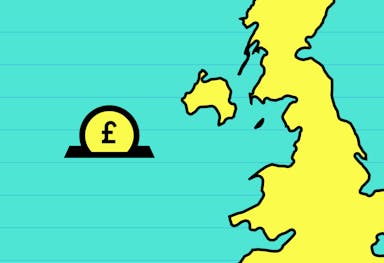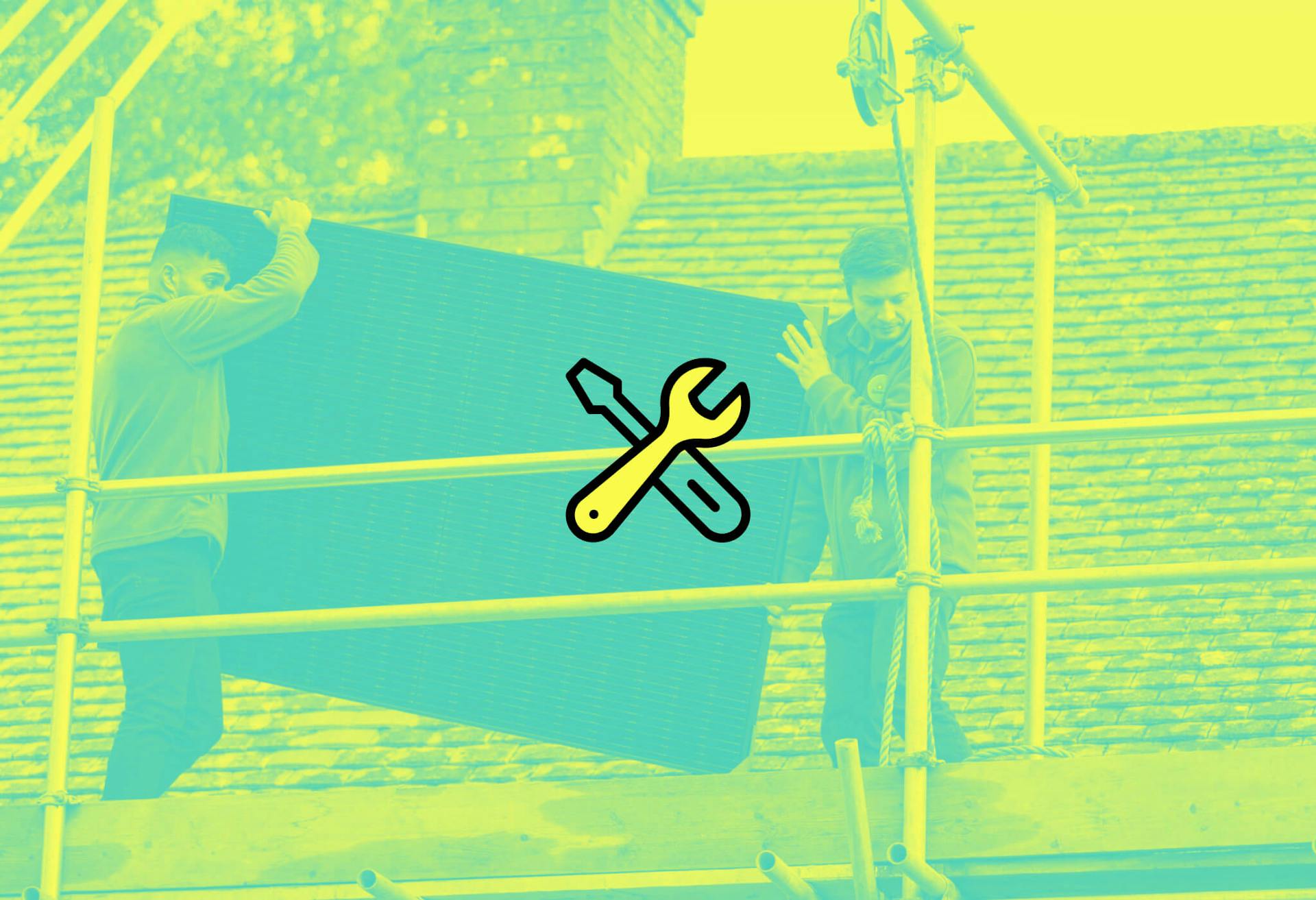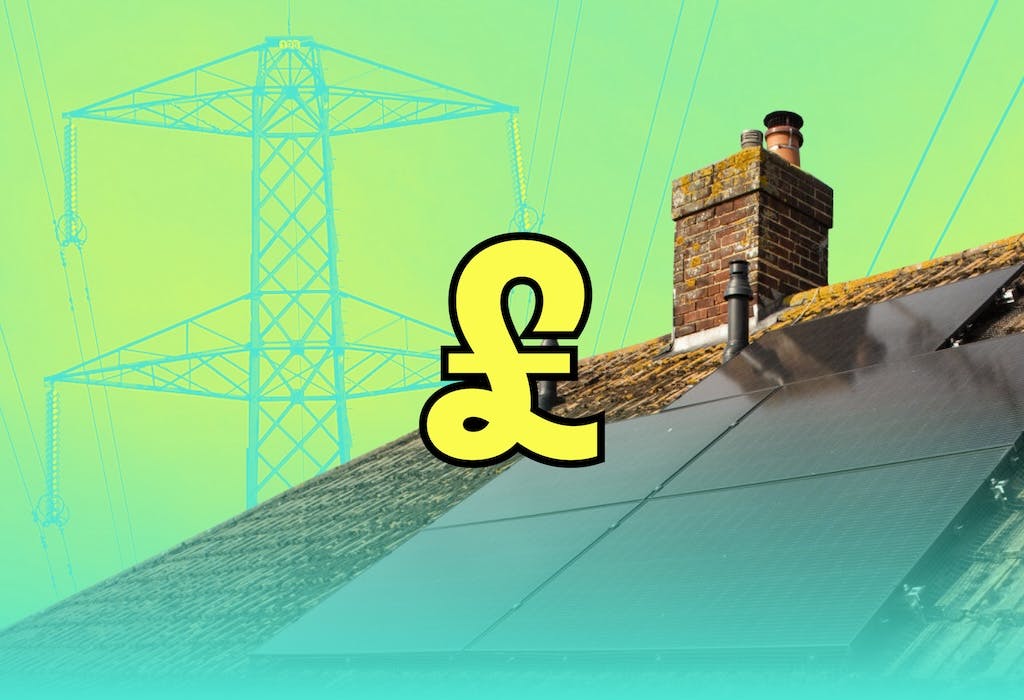- Solar advice hub
- Installation
- DIY solar panels: should you do your own installation?
DIY solar panels: should you do your own installation?
Thinking of installing solar panels on your own? Find out why a DIY solar installation isn't a smart idea in the long term.


Why you can trust our content
We know that the solar industry is full of misinformation, but we only use reliable sources, including:
- Our experienced solar experts, installers and system designers
- Our own database of solar & battery system designs
- Authoritative bodies like MCS and the UK government



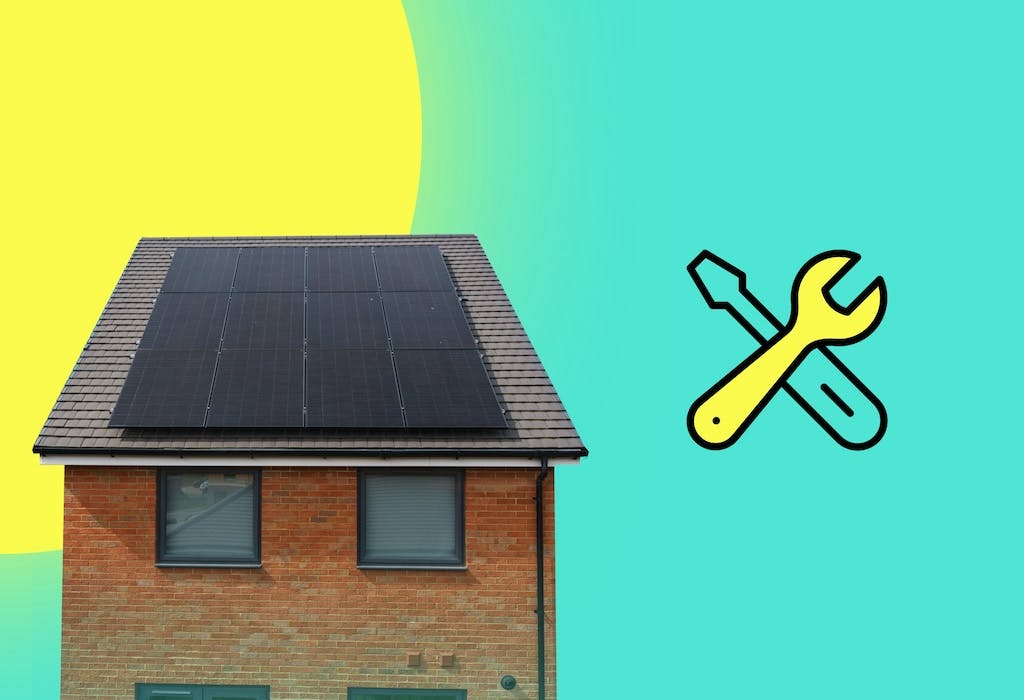
Calculate savings
What kind of home do you live in?
Calculate savings
What kind of home do you live in?
DIY solar panels: at a glance
Installing solar panels yourself might seem like a cost-saving option, but it’s a complex and risky process that requires expert skill, knowledge, and planning.
DIY solar installations usually end up being the more costly option over time, due to various reasons such as mistakes, suboptimal output, property damage, and missed export income. It’s much better to go with a qualified installer, and in this article we’ll explore why.
If you’re looking to avoid the high upfront cost of going solar, consider Sunsave Plus, which is the UK’s first solar subscription. It means you can switch to solar with no upfront cost, and instead pay a fixed monthly fee.
To find out how much you could save with one of our solar & battery systems, enter a few details below, and we’ll provide an estimate.
Find out how much you can save
What kind of home do you live in?
Is it possible to do your own solar panel installation?
Doing a solar installation yourself is technically possible and will mean you save on upfront costs, but in the long term it'll likely end up costing you more.
Before you even get started, you’ll need to design the system, source the right components, get planning permission (if you need it), and ensure the installation is going to meet local regulations and safety standards.
Without proper training, there’s a high chance of mistakes that could lead to safety issues, reduced output, and/or property damage. Plus, most solar panel warranties rely on professional installation, meaning a DIY approach will most likely void your coverage.
Worst of all, you won't be able to earn export income because your system won't have the necessary accreditations.
As we'll go on to discuss, overall it’s much better value for money to hire a qualified installer.
Things to consider before doing a DIY solar install
The solar panel installation process covers more than just sticking the modules up on your roof. It’s a demanding process that involves a lot of technical skill and physical labour.
Below, we’ll explore some key factors to think about, including extra financial considerations, access to the right kit, and your knowledge of key regulations.
Is your property suitable for solar?
An important first step in the process, regardless of your installation method (DIY or professional), is evaluating if your property is actually right for solar panels.
However, this question is much easier to answer when you work with a qualified installer, as they have the expertise to accurately assess your property and roof's suitability.
Professionals will use advanced software to evaluate factors like roof space, roof angle & direction, tile type, and loft space to make sure your home is a good fit for solar panels. But if you’re assessing your property yourself, it's a lot to take on.
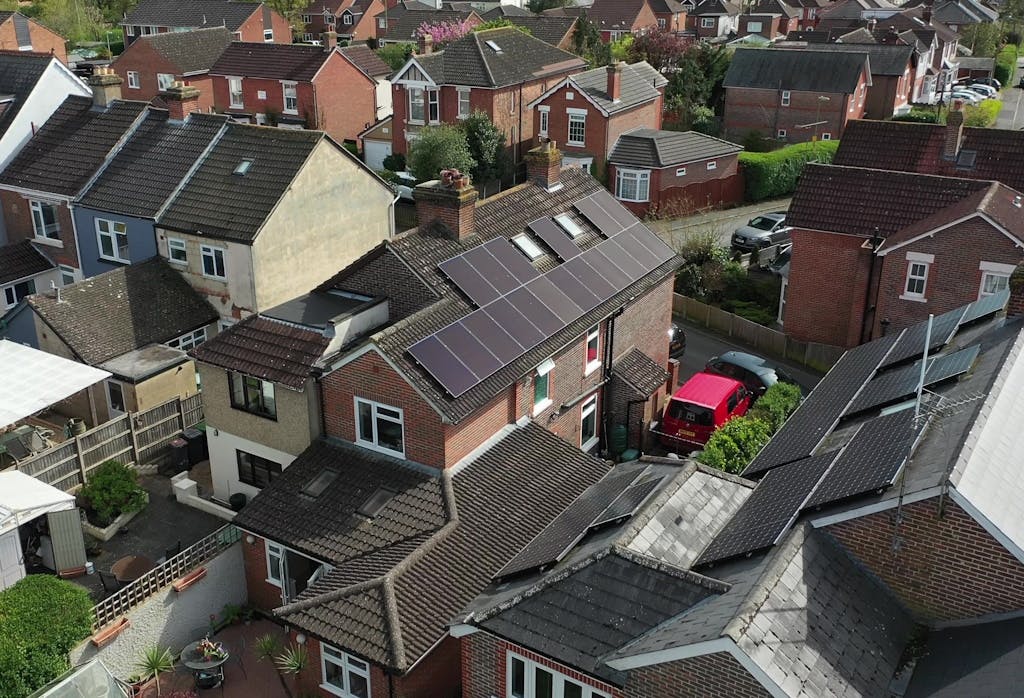
Do you need planning permission?
The planning permission requirements for solar panels are the same regardless of whether you choose a DIY or a professional route.
Before starting your project, you must check if you need permission.
For most homes in the UK, solar panels fall under the category of ‘permitted development’ and so do not require permission, but you will always need planning permission if you live in a listed building, and it’s sometimes necessary if you live in a conservation area.
A strong planning application requires detailed information about your project, and this can be tricky to put together without the help of an experienced installer.
Verified expertThere are so many potential issues with a self-install, I don’t know where to start. If you haven’t got the right mounting equipment or the panels aren’t secured properly, the system could blow off your roof. If you exceed the recommended voltage by connecting too many panels, it could damage the inverter. If you get an undersized AC cable, it could cause a fire. The list goes on!
Tom Brehme
Technical Manager at Sunsave
Tom has worked in residential solar installation for more than a decade, and is a fully qualified electrician.
Do you know the relevant building regulations?
Every UK solar panel installation must comply with building regulations.
These regulations are all about keeping things safe and running smoothly, particularly in relation to the building's structure, its electrical systems, and ventilation.
Of course, you’ll need to make sure your DIY solar project meets all these requirements.
However, if you're not feeling confident, we strongly recommend hiring a qualified installer - this will help you avoid costly mistakes and potential safety risks.
What kit and equipment will you use?
If you’re planning a DIY solar installation, you’ll need to source all the necessary equipment yourself. This includes solar panels, an inverter, and potentially a battery for energy storage, all of which can be purchased from a wholesaler.
You’ll also need additional components like racking, brackets, other mounting hardware, and potentially also bird proofing.
To get the most from your system, you'll need to choose reliable, high-quality solar panels with good efficiency and power ratings. With so many options to choose from, it's important to read reviews and only buy from reliable sellers.
As a start, we've written about the most efficient solar panels and the most powerful solar panels on the market right now.
However, the sheer volume of equipment needed can be overwhelming and, unless you’re highly familiar with all the components, ordering the right quantities and ensuring compatibility can be a significant challenge.
Who's putting up your scaffolding?
Even if you’re confident about attaching solar panels to your roof, you’ll still need a safe way to get up there - which makes scaffolding essential for any rooftop solar installation.
Before you begin, you’ll need to research local scaffolding companies, check reviews to ensure reliability, and arrange for scaffolding to be erected.
This is expensive, but it’s a non-negotiable step to ensure safety during the installation process.
If you’re looking to avoid the high upfront cost of going solar, consider Sunsave Plus, which is the UK’s first solar subscription. It means you can switch to solar with no upfront cost, and instead pay a fixed monthly fee.
To find out how much you could save with one of our solar & battery systems, enter a few details below, and we’ll provide an estimate.
Find out how much you can save
What kind of home do you live in?
6 reasons to avoid a DIY solar install
While the idea of a cheaper DIY solar installation might seem appealing, it's crucial to weigh the risks against the benefits before deciding to go it alone.
Here are seven key reasons why DIY solar is unlikely to be the right option for most.
1. No export income
One major downside of doing your own solar installation is not being paid for your excess solar energy.
Export income is a significant part of the financial value of switching to solar, with the average household able to earn hundreds of pounds each year by exporting their excess electricity to the grid.
To sign up for a solar export tariff and qualify for payments under the Smart Export Guarantee (SEG), your system must have a valid MCS or Flexi-Orb certificate.
If you opt for a DIY install and you’re not accredited by the MCS or Flexi-Orb, you won’t receive these certifications and so your excess solar energy will earn you nothing.
Over time, the export payments you miss are likely to far outweigh the initial money you save by avoiding professional installation.
To learn more, check out our detailed guide to the best export tariffs available right now, including how much you can earn from each one.
2. Safety issues
Installing solar panels comes with significant safety issues, especially when working at height. Climbing onto a roof and handling heavy panels puts you at risk of falls, which can result in serious injury or worse.
In fact, falls from heights are one of the most common fatal occupational injuries in the UK. This accounted for just over a third of fatal injuries to workers in 2023-2024, according to recent figures from the Health and Safety Executive.
On top of this, solar installations involve complex electrical work. Unless you're a qualified electrician, attempting this is extremely dangerous and could cause electric shock or a solar panel fire.
We strongly advise against undertaking any of this work without proper training and expertise.
3. Potential damage to your property
Solar panels, inverters, batteries, and mounting equipment are all heavy bits of kit, and if dropped or mishandled, they can seriously damage walls, doors, brickwork, roof tiles, or glass surfaces.
It's important to reiterate that installing solar panels requires professional knowledge of both roofing and electrical systems.
According to experts at Saga, if you’re not qualified to handle all aspects of the job, your home insurance may not cover damage caused by improper installation - which is why you should seriously consider hiring a qualified installer.
4. Suboptimal output
DIY solar setups rarely perform at their best without expert design, which means smaller savings on your energy bill.
A professional installer will carefully design a system tailored to your property, looking at ideal panel placement, how many inverter strings to use, and whether you need optimisers or microinverters to boost efficiency.
If you don’t design your system thoughtfully and with proper expertise, your system will likely suffer from suboptimal output. And if your panels don't save you much money in the long term, installing them yourself will not have been worth the effort.
5. Maintenance challenges
Technical experts from the solar industry say you'll need three maintenance call-outs for a solar & battery system over 20 years: one for the panels, one for the battery, and one for the inverter.
Some installers offer maintenance support packages (like our Sunsave Guarantee) for peace of mind - but if you’ve installed your system yourself, you’ll have trouble finding an installer willing to let you sign up for their maintenance schemes.
What’s more, many solar panel, inverter, and battery warranties are automatically voided if the installation isn’t carried out by a qualified professional, so you won’t be able to turn to manufacturers for help either.
You’ll also miss out on the workmanship warranties offered by installers, which usually last around two to five years.
6. Limited impact on property value
Solar panels can increase the value of your property, as they make it more energy efficient and appealing to buyers.
A Swansea University study from 2024 found that homes with solar panels add 6-7% to a property's value, on average, as buyers are drawn to the prospect of lower energy bills. To learn more, check out our article on whether solar panels increase property value.
As previously discussed, doing the installation yourself means you miss out on export income, which reduces the financial benefit of your system and therefore limits the chances of a boost in your property’s value.
Plus, a bad DIY job could look unprofessional and negatively impact the appearance of your home, making it harder to sell.
Next steps
While the idea of a DIY solar installation might seem like a way to save money, the reality is that it’s likely to cost you more in the long term. You won’t benefit from any export income, you could void your warranties, and your system may not perform at its best.
If you’re looking to avoid the high upfront cost of going solar, consider Sunsave Plus, which is the UK’s first solar subscription. It means you can switch to solar with no upfront cost, and instead pay a fixed monthly fee.
To find out how much you could save with one of our solar & battery systems, enter a few details below, and we’ll provide an estimate.
Find out how much you can save
What kind of home do you live in?
DIY solar installations: FAQs
Related articles

Written byMelody Abeni
Based in London, Melody is a specialist green technology writer who has been covering sustainability, climate action and ESG for the past five years, after gathering operational experience in green investing and financial services. She has written for various industry publications, including renewable technology advisor The Eco Experts, and she holds a Master’s degree in law from Birkbeck University.





